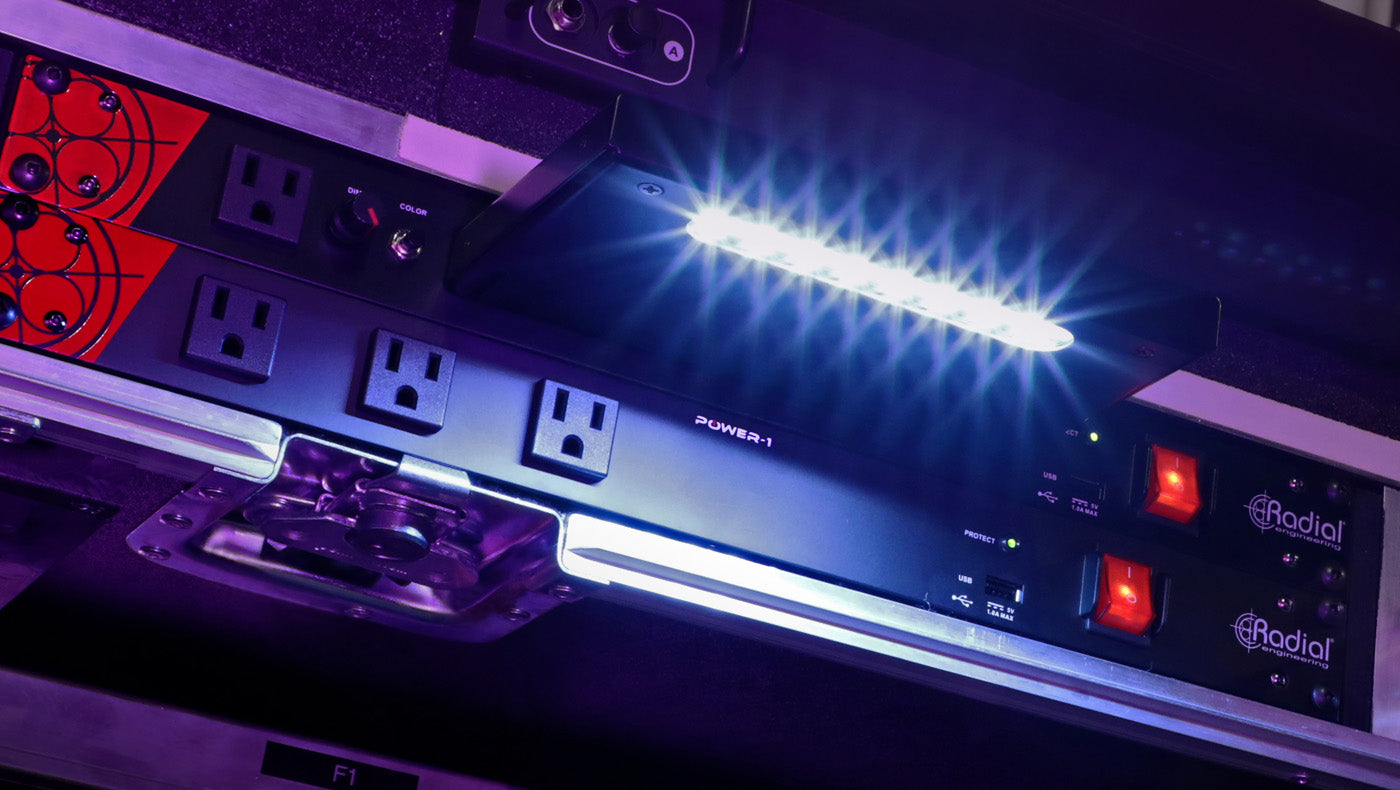1) Cable Ties and Labels
This is, by far, the cheapest way to upgrade your studio. It doesn't sound like much (and it's not), but organizing your cables so you can clearly see which cable goes to which mic and input will save you lots of headaches and make the session much more fun. It also adds a sense of professionalism. If a client see you messing with cables and inputs because you don't know what goes where, it might make them second guess your work during the entire process. The ties will also keep your place neat and clean. If you're like the thousands of engineers out there doing this at home, you may have pets that like to play with cables. Keeping them tidy is an effective method to combat this.2) Cables
There's nothing worse than getting frustrated over bad cables in the middle of a session. A great way to upgrade your sound is the cables themselves. When you compare the stability and sound of a cheap cable to something like Mogami or ProCo Evolution, the investment becomes very apparent. Over the years, The Mogami and ProCo Evolution cables will outlast any others and sound incredible from the very beginning.3) Monitor Pads/Platforms
Monitor pads and platforms are a very practical way of separating the monitors from your desk. The desk will vibrate with the monitors causing phase cancellation. This phenomenon will ruin the frequency response of your monitors and not give you an accurate representation of what you are mixing. With pads and recoil stabilizers, the vibrations can't make it to the desk as easily. This is also very true with subwoofers. Auralex makes a SubDude, a very cushioned subwoofer platform that is tailored for use with sub-frequency rumble.4) Room Treatment
Room treatment goes hand-in-hand with monitor platforms. If your room is treated right, you will be able to control the reflections and bass build-up so that phase cancellation does not affect your mixes. Read all about room treatment in this article.5) Cloudlifter
This is probably the most fun of the overlooked upgrades your studio needs. We've all had issues with low gain mics like dynamics and ribbons. In terms of low gain and harshness, the cloud lifter is the answer to both. Check out this video by Cloud:6) Headphones
Headphones can be quite a fun upgrade as well. Whether you are using them for mixing, tracking, or just monitoring, they can make quite a difference. The best headphones I have used for tracking and mixing have always been closed back. While tracking, closed back headphones cut out a significant amount of click track bleed. Drummers also tend to like them too because it isolates their ears better from the kit so you don't need to crank the headphone amp and blow their eardrums or your headphones. My favorites for both mixing and tracking are the Audio-Techinca M40x's for their super flat frequency response and their isolation properties.7) Stands/Drum Rim Mounts
Not nearly as fun to purchase are stands and drum rim mounts. However, they are a necessity. Many of us have had the issue of using a large diaphragm condenser on a stand that probably weighed the same and then toppled over. This is a case where upgrading at least one mic stand to something really well-build and heavy is a must. Konig and Meyer make great quality stands in Germany. These don't cost too much more than the cheaper stands, and they last a lot longer! The 21070 model microphone stand would be a great upgrade. Drum rim mounts can make a huge difference as well. Most drummers prefer them because they don't get in the way of their cymbals and they offer more discreet and precise placement of your tom and snare mics. Many drum mics like the Sennheiser e604 and e904 come with them. If you have tom mics that don't have them, they mount very easily and can be adjusted by height and angle. Check out our selection here.8) Power Conditioners
When engineers begin to acquire more gear, power conditioners become a fundamental item. Even just starting out, you need to power your computer, interface (if not bus powered) and monitors. If any more gear is added, you will run out of outlets. But power conditioners are more than just outlet expansions. They filter out electrical noise and makes your audio cleaner. Power conditioners also protect your gear from electrical surges, much like having insurance on your gear without a monthly payment. ART's new power conditioner, the PS8-II has a user-determined delay and powers on in sequence so not to harm any equipment sensitive to power transients (i.e. studio monitors).9) Patchbay
When you reach a certain level in your mixing career, gear starts to pile up. Going behind the rack and moving cables every single session, sometimes multiple times, really starts to drive you crazy. a great way to organize signal flow and speed up your workflow is by using a patchbay. These days, most people are using TRS patchbays to connect gear quickly, or XLR patchbays to keep microphone cables organized and easily switchable. Patchbays will save you so much time so you can get back to making great music.10) FaderPort/Control Surface
A good use of a control surface is what sets the professionals apart from the amateurs. By good use, I mean automation. And lots of it. If you ever get a chance to look at a professionally mixed session, you will see that volume (and many other parameters) on nearly every channel is automated. With a control surface, it is so easy to ride a fader and sit everything exactly where it needs to be in every part of the song. If you don't have a lot of space, the Presonus FaderPort is the perfect companion. It is compatible with every major DAW and is super compact. The fact that there is only one fader forces you to focus on the one track that you are automating at that particular time. If you have the space and if one fader isn't enough, there are other great options including the FaderPort 8. This gives you control over 8 channels at a time with the ability to scroll to other tracks. It is complete with transport controls and session navigators so you can mix hands-on instead of clicking a mouse.This is our list of 10 Overlooked Studio Upgrades. As always enjoy FAST and FREE shipping on any order in the continental US. Be sure to check out our other articles here. If you have any questions for comments, feel free to give us a call at 855-269-0474, or stop in our store in Downtown Appleton!


